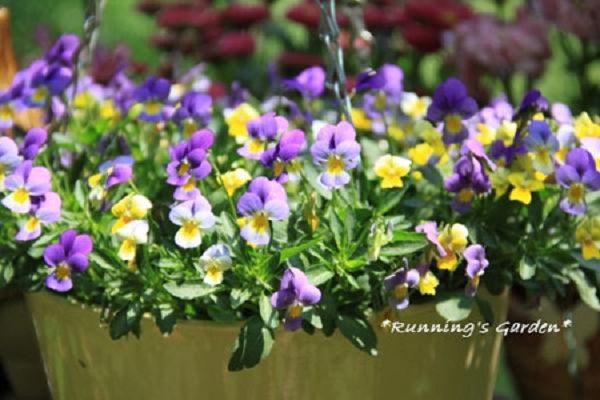What is a flower growth regulator?
Plant growth regulators are hormones produced in plants, which specifically promote or inhibit plant growth and organ regeneration. Growth regulators can control plant growth, promote rooting, break dormancy, control flowering, enhance resistance, prevent falling flowers and fruits, etc., which play a very important role in the growth and development of flowers and plants. The application of these synthetic chemicals to flower cultivation can speed up or slow down the growth, development, flowering or fruiting process of flowers according to people's needs, so as to achieve the best ornamental effect in a specific period.
Plant growth regulators have been widely used in flower production, but they are seldom used in family flower cultivation. Because most of them have dual nature, proper use can promote the growth of flowers, improper use will have the opposite effect. And for different kinds of plants, the concentration used in the plant is different, and the change of environmental conditions will also have a significant impact on the effect, which is relatively technical, and it is difficult for beginners to master.
If you already have some cultivation experience, you might as well learn to try and be sure to get a pleasant surprise.
Related
- What if the leaves of potted flowers turn yellow?
- Florescence Control of several Flowers
- Anti-freezing technology and post-freezing nursing technology of flowers
- What is the classification of flowers? What are the common methods of flower classification?
- Prevention and control of alkali and acid damage of flowers in courtyard
- Technology of Anti-freezing and restoring growth of Flower seedlings in greenhouse and greenhouse
- How does flower fertilization not hurt the root? Fertilization technology of flowers
- Key points of disinfection in flower greenhouse
- Several pesticides that are banned or used cautiously in flowers
- How to fertilize the flowers that watch the leaves?



